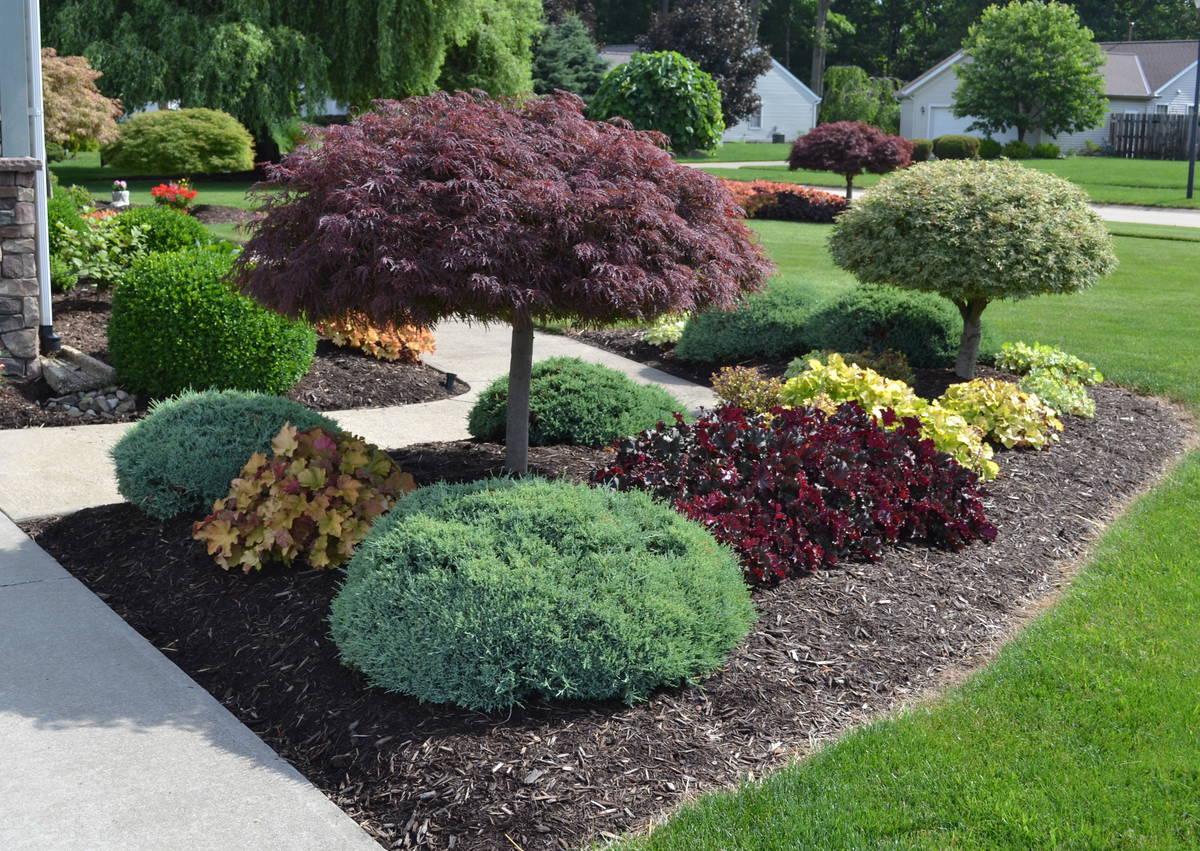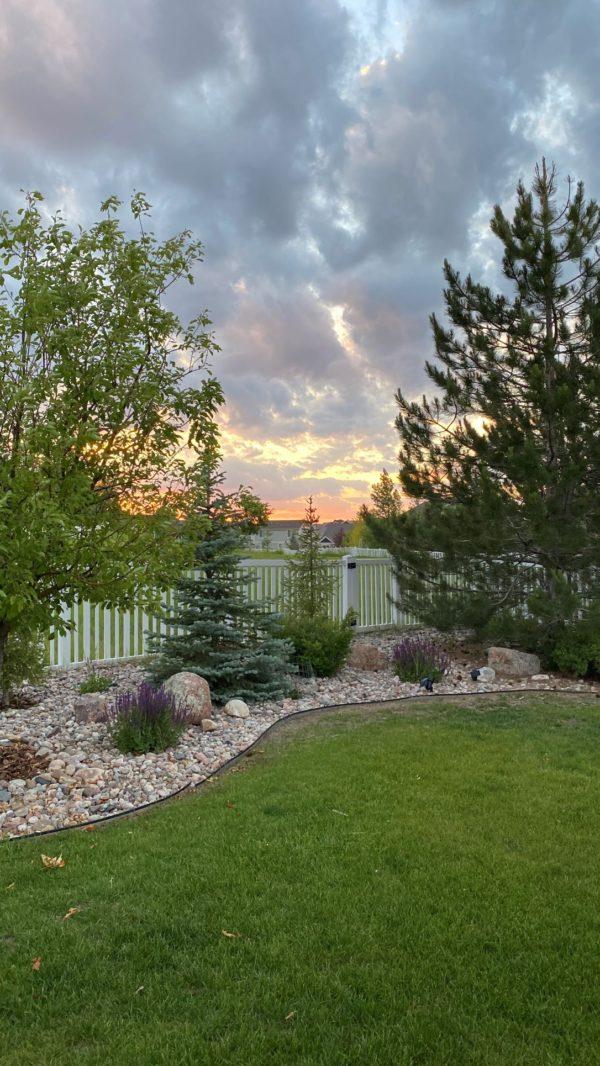5 Mistakes to Avoid During BBQ Island Installation
All Regarding Landscape design: Transforming Your Outdoor Spaces Into Picturesque Hideaways
Landscape design plays a crucial duty in enhancing outside spaces. It incorporates art and capability to create inviting environments. By comprehending layout principles and picking the right plants, one can accomplish a well balanced and harmonious landscape. Furthermore, integrating hardscaping aspects uses structure and energy. The journey to a beautiful landscape does not end with installment; ongoing upkeep is essential. What approaches can one utilize to ensure their outside resort continues to be satisfying and lively?

Understanding Landscape Style Concepts
Landscape layout principles function as the foundation for creating harmonious outside rooms. These concepts encompass equilibrium, unity, rhythm, and proportion, directing the plan of elements within a landscape. Equilibrium can be achieved through asymmetrical or symmetrical designs, ensuring aesthetic stability. Proportion connects to the size and scale of various functions, producing a natural appearance that feels comfortable to the onlooker. Rhythm, achieved via repeating and pattern, leads the eye normally through the landscape, promoting a feeling of flow. Unity ties all aspects together, permitting for a smooth assimilation of layout parts. Furthermore, using focal points routes focus and produces passion within the room. By using these principles thoughtfully, developers can change common atmospheres into welcoming and useful outside areas that resonate with elegance and purpose. Eventually, recognizing these fundamental ideas is necessary for any individual looking to enhance their exterior spaces efficiently.
Picking the Right Plants for Your Room
Selecting the right plants is crucial to improving outside rooms and matches the concepts of landscape style. The procedure begins with understanding the details conditions of the area, including sunlight, soil type, and environment. By assessing these aspects, people can select plants that grow in their environment, making sure longevity and vibrancy.Diversity in plant option is necessary for creating aesthetic interest and seasonal selection. Incorporating a mix of trees, perennials, annuals, and shrubs can provide color, structure, and framework throughout the year. Additionally, considering the range and development behaviors of plants helps maintain consistency within the landscape, preventing overcrowding or disproportionate arrangements.Native plants are usually suggested because of their flexibility and low upkeep requirements, cultivating regional biodiversity. Integrating plants that serve particular features, such as privacy displays or windbreaks, can enhance the general energy of the outdoor space while developing a peaceful atmosphere.
Developing Functional Outside Areas
Creating practical outdoor locations is necessary for making best use of the utility and pleasure of a property. Thoughtful style can transform a backyard right into a functional area for amusement, leisure, and entertainment. To accomplish this, property owners should consider their way of living requirements and preferences. Designating zones, such as eating locations, play spaces, or silent hideaways, enables a seamless circulation in between various activities.Incorporating furniture suited for exterior use boosts comfort and urges celebrations. Shade structures, like pergolas or umbrellas, provide relief from the sun while adding visual appeal. Additionally, paths can help with motion and link numerous sections of the lawn, promoting exploration.Accessibility is vital; making certain that all locations can be conveniently reached suits guests of any ages. By focusing on capability, outside rooms can be changed right into inviting expansions of the home, fostering unforgettable experiences and enhancing total outdoor living.
Incorporating Hardscaping Aspects
Hardscaping aspects play an important function in improving exterior areas by giving framework and capability. These attributes consist of patio areas, walkways, maintaining wall surfaces, and decks, which add to the general style and functionality of the landscape. By integrating hardscaping, house owners can produce defined areas for enjoyment, motion, and relaxation, effectively guiding site visitors with the space.Moreover, hardscaping materials such as stone, block, or concrete can match the natural environments of the lawn, including appearance and aesthetic interest. Making use of these materials also helps to manage drain and avoid soil erosion, advertising a more sustainable landscape.Incorporating hardscaping components not only raises the visual charm but additionally boosts the home's value. This cautious blend of hardscape and softscape warranties that outside areas are both practical and inviting, permitting a smooth shift in between built and all-natural atmospheres.
Maintenance Tips for a Growing Landscape
A properly designed landscape, full with both hardscaping and softscaping aspects, calls for routine maintenance to thrive. Routine jobs such as mowing, pruning, and weeding are crucial for keeping plants healthy and balanced and cosmetically pleasing. Normal watering, particularly throughout dry spells, warranties that plants get adequate wetness to flourish. Mulching around flower beds not just saves soil moisture yet likewise suppresses weed growth.For hardscaping, routine cleansing and sealing of surfaces such as pathways and patio areas assist click here for more stop wear and tear and preserve aesthetic allure. Examining and repairing any kind Learn More of architectural aspects, like fences or preserving walls, will extend their lifespan.Lastly, seasonal modifications, like using fertilizers and readjusting watering systems, enhance plant health and wellness. By sticking to these upkeep tips, home owners can guarantee that their landscapes stay lively and welcoming throughout the year, boosting both visual allure and exterior enjoyment.
Frequently Asked Questions
Just How Much Does Professional Landscape Design Typically Price?
Professional landscape design prices can differ substantially, normally varying from $1,000 to $10,000 relying on project size, complexity, and products utilized. Property owners ought to consider their budget and desired outcomes when seeking professional landscape design solutions.
What Are the most effective Landscaping Trends for This Year?
This year's best landscape design patterns highlight sustainability, integrating native plants, upright yards, and green products. Landscape Lighting Installer. Additionally, exterior space, water attributes, and smart technology combination are acquiring popularity, improving both beauty and capability in outside environments
Can I Landscape My Backyard on a Budget plan?

Just how Do I Select a Landscape Design Contractor?
Choosing a landscape design service provider entails looking into qualifications, reviewing evaluations, and acquiring multiple quotes. It's essential to examine their experience, communication skills, and past tasks to ensure placement with one's vision and spending plan. Depend on and expertise are crucial.

What Are Usual Landscape Design Blunders to Avoid?
Common landscaping mistakes to prevent include overplanting, ignoring dirt top quality, neglecting neighborhood environment, falling short to plan for maintenance, additional info and ruling out the building's existing attributes. Recognition of these challenges can bring about even more effective outside styles - Outdoor Lighting Installer. Landscaping plays a crucial duty in improving outside areas. Landscape design principles offer as the structure for developing harmonious outdoor spaces. Picking the right plants is crucial to boosting outside areas and matches the principles of landscape layout. Assigning zones, such as eating areas, play spaces, or quiet hideaways, enables for a seamless circulation in between different activities.Incorporating furniture fit for exterior use improves comfort and encourages events. Hardscaping elements play a necessary role in improving exterior areas by providing structure and functionality